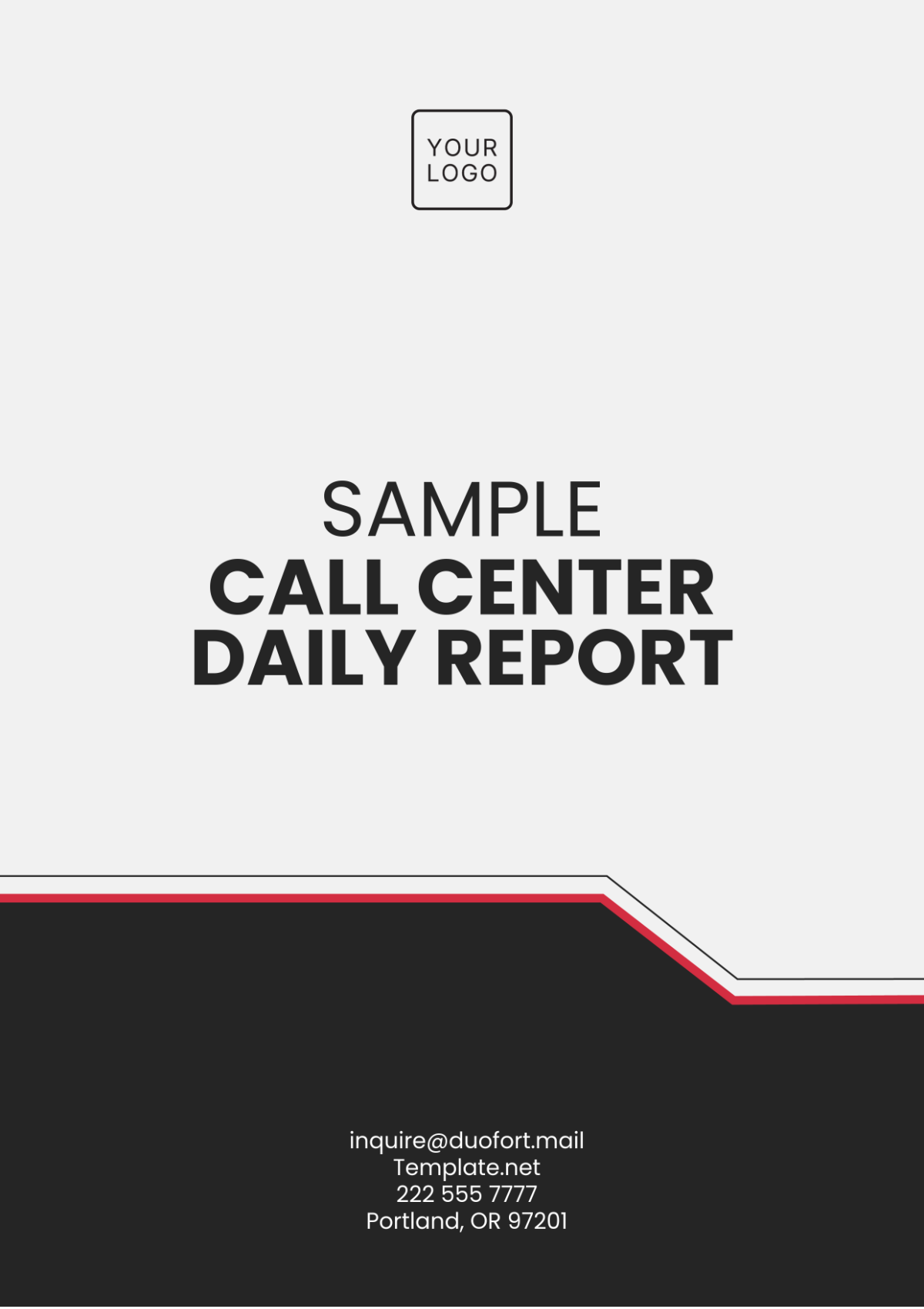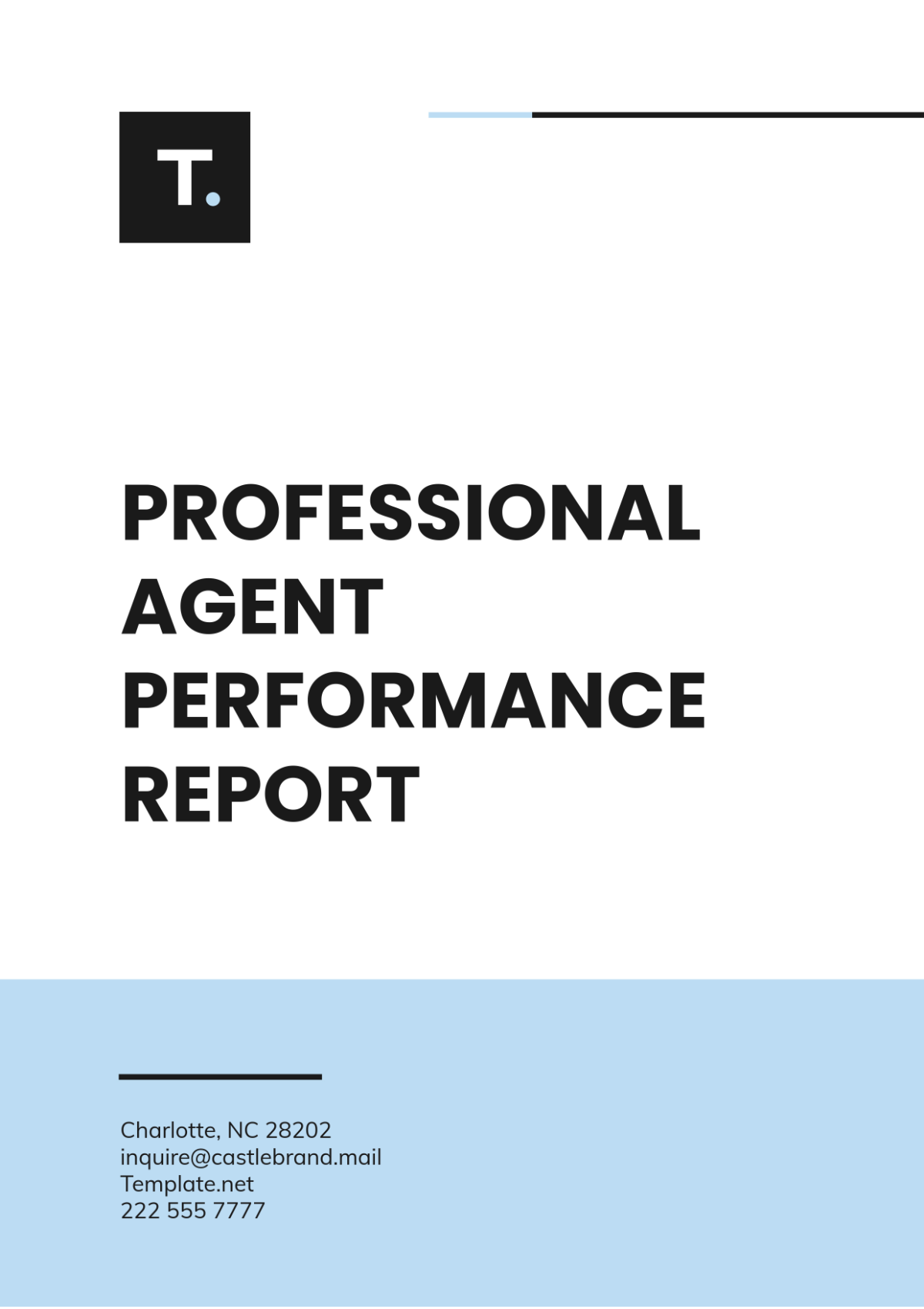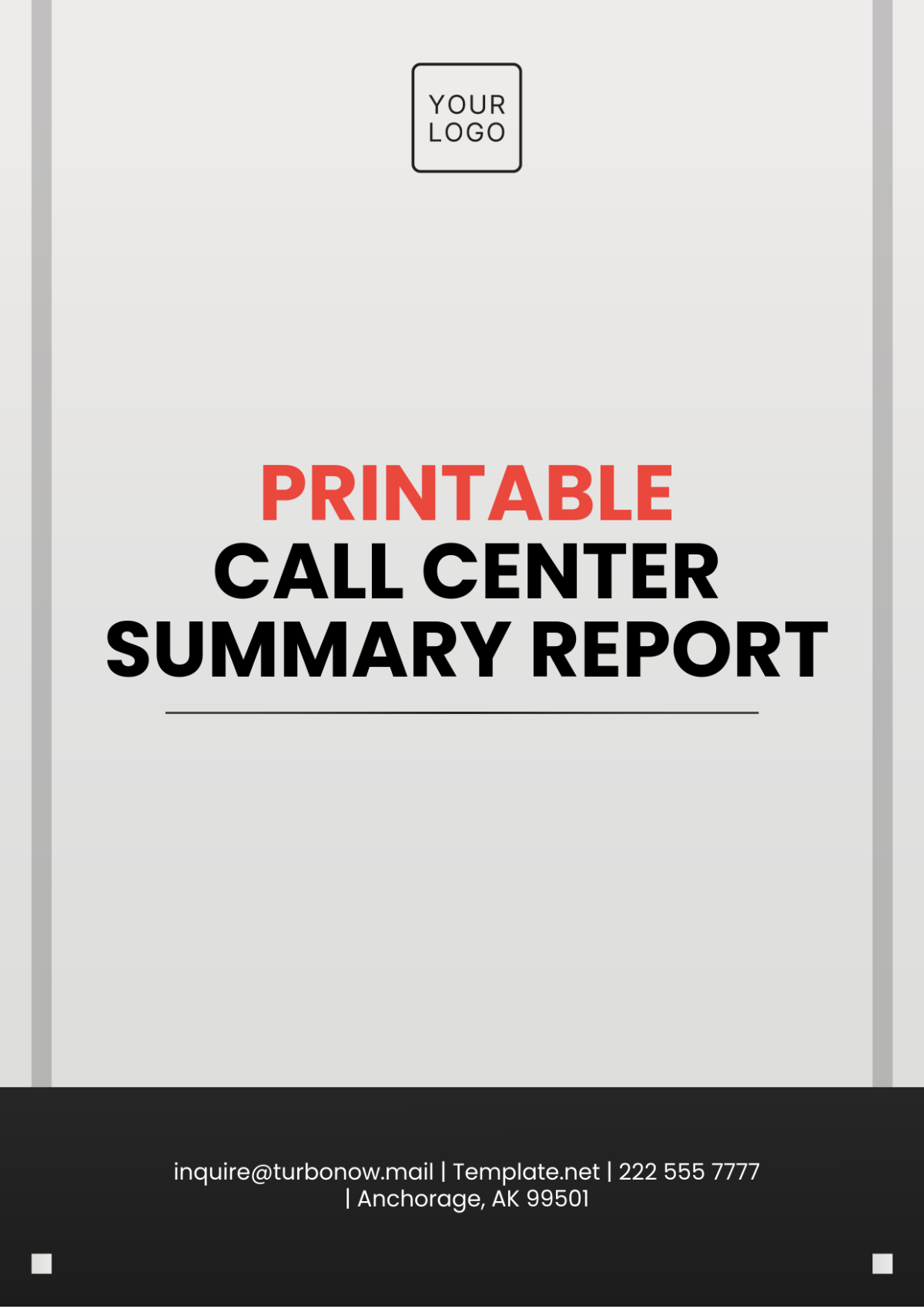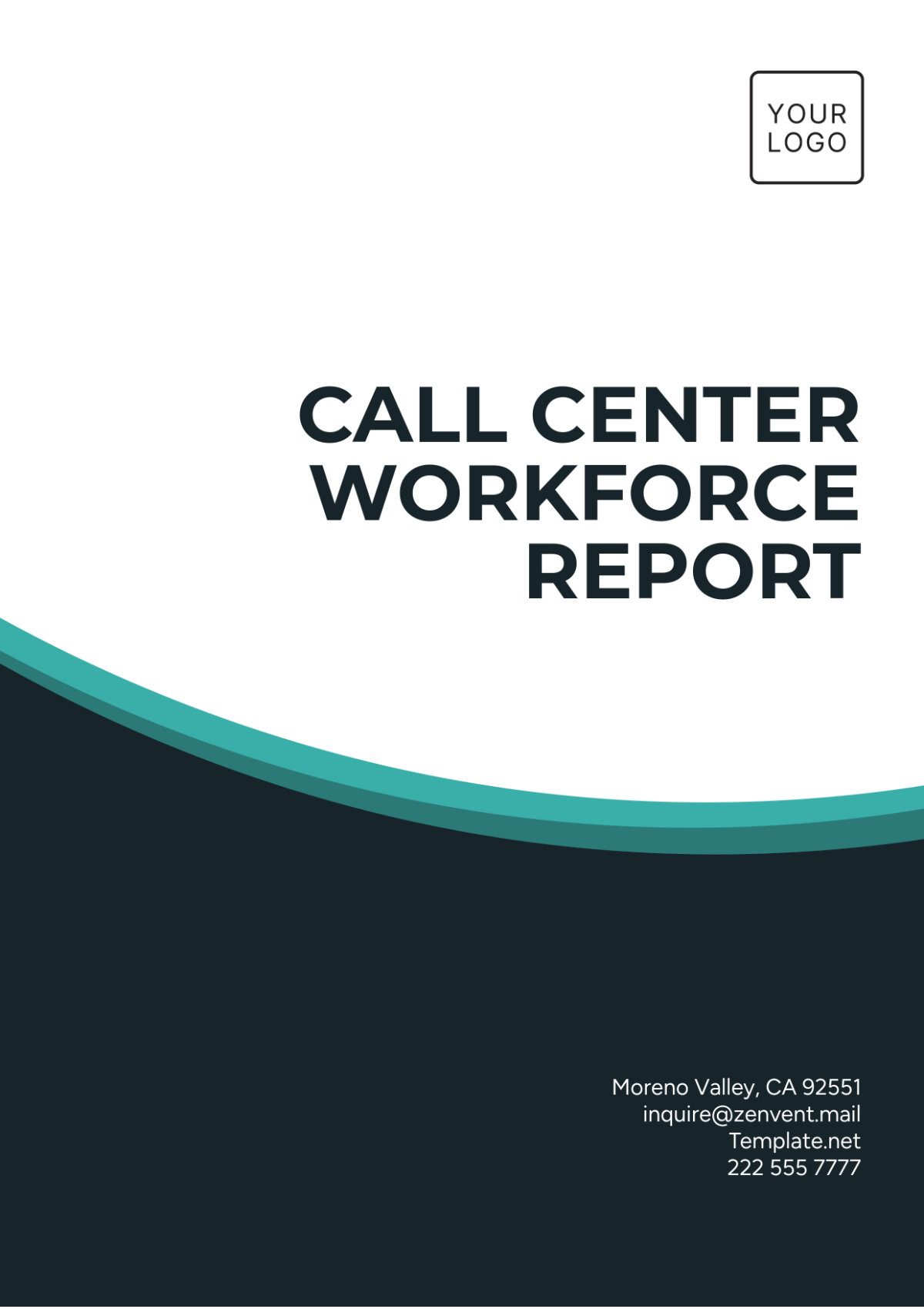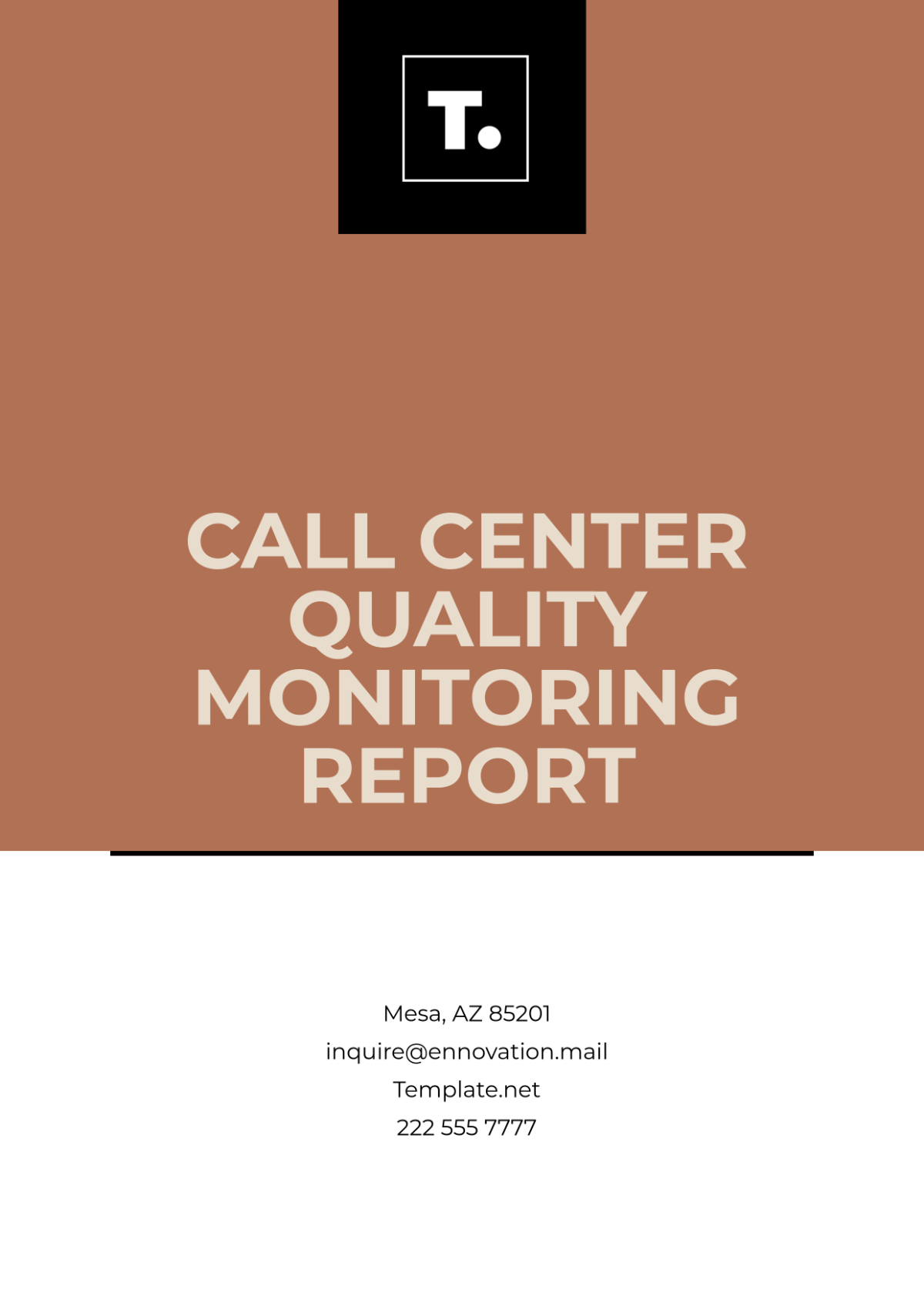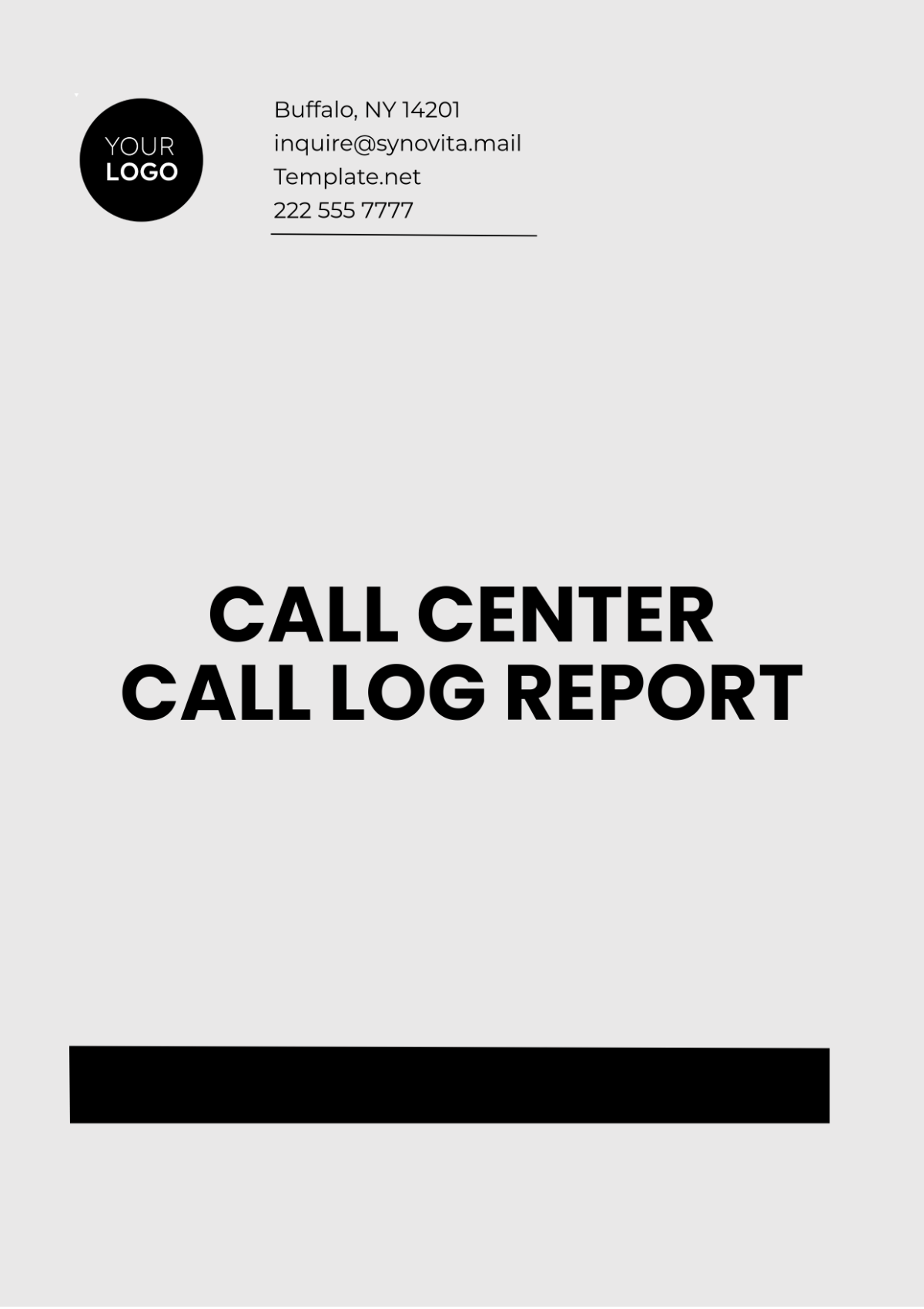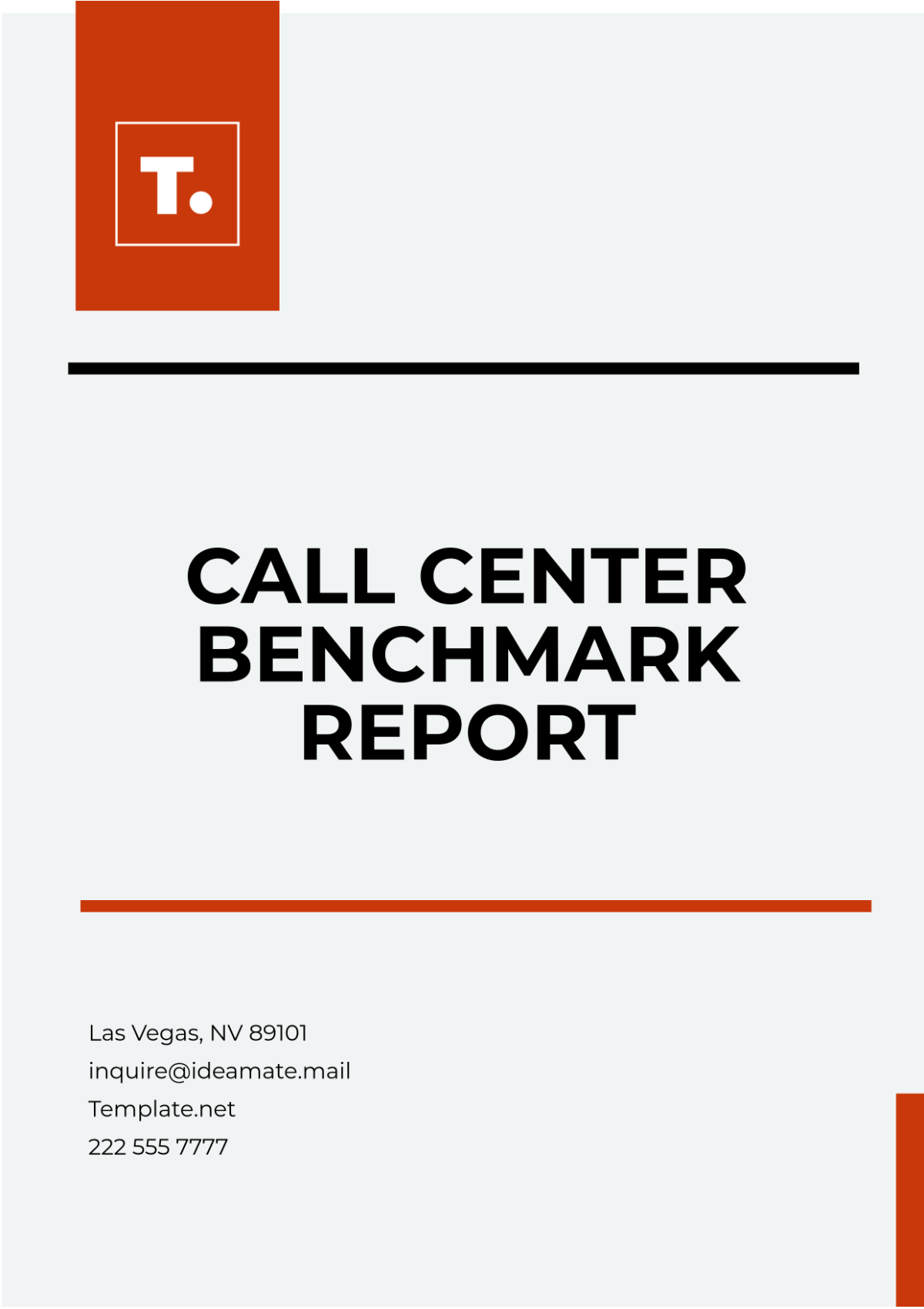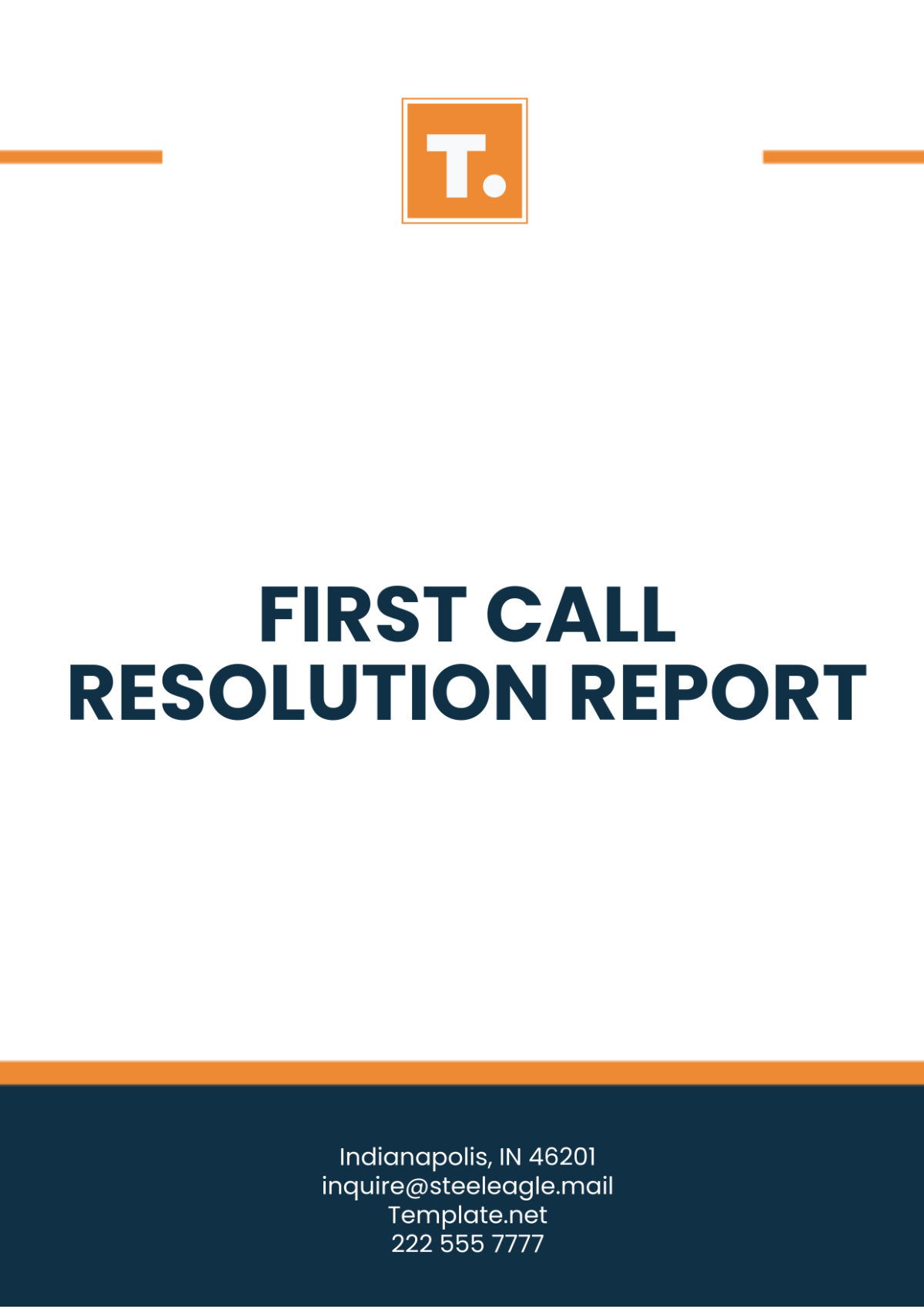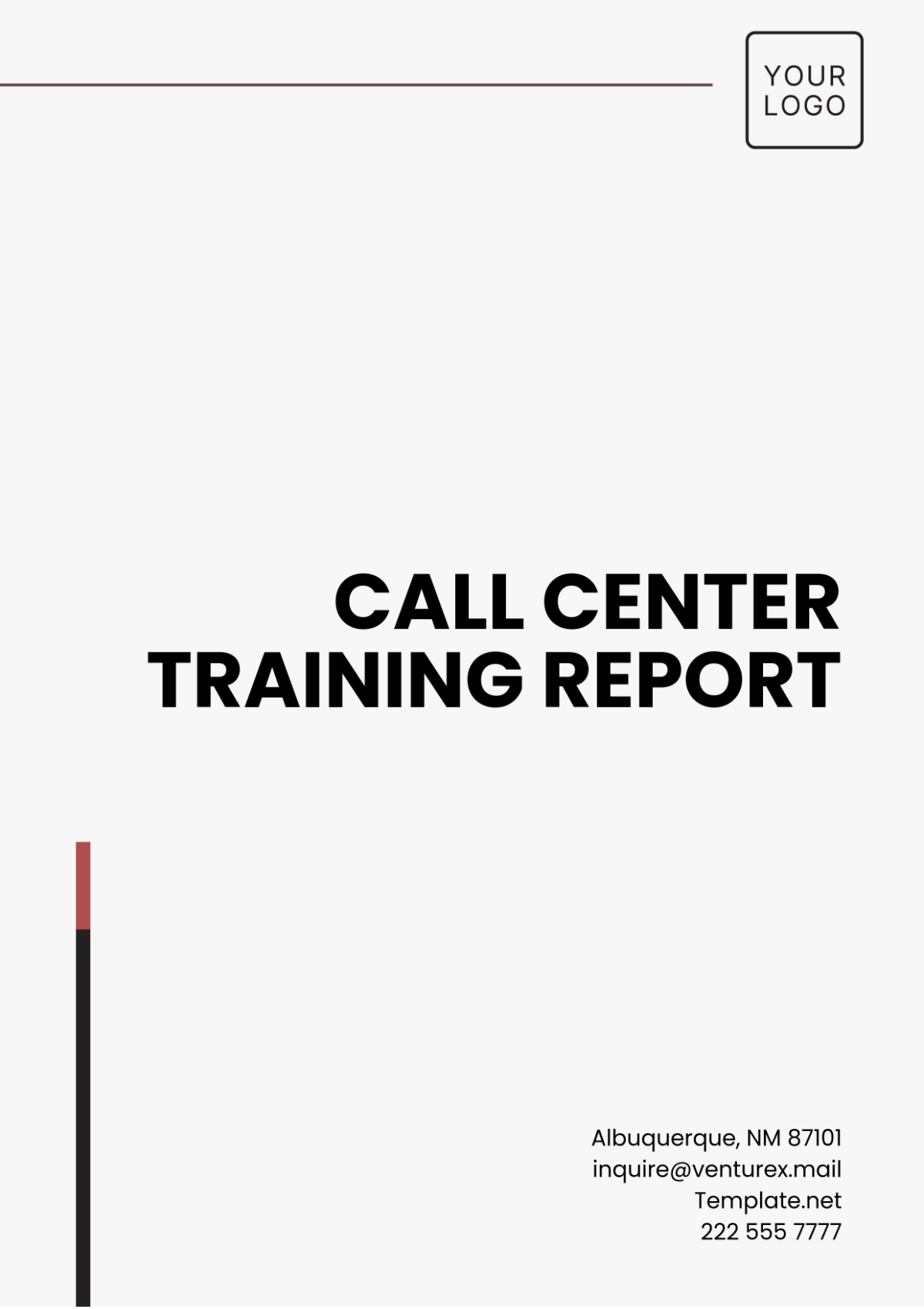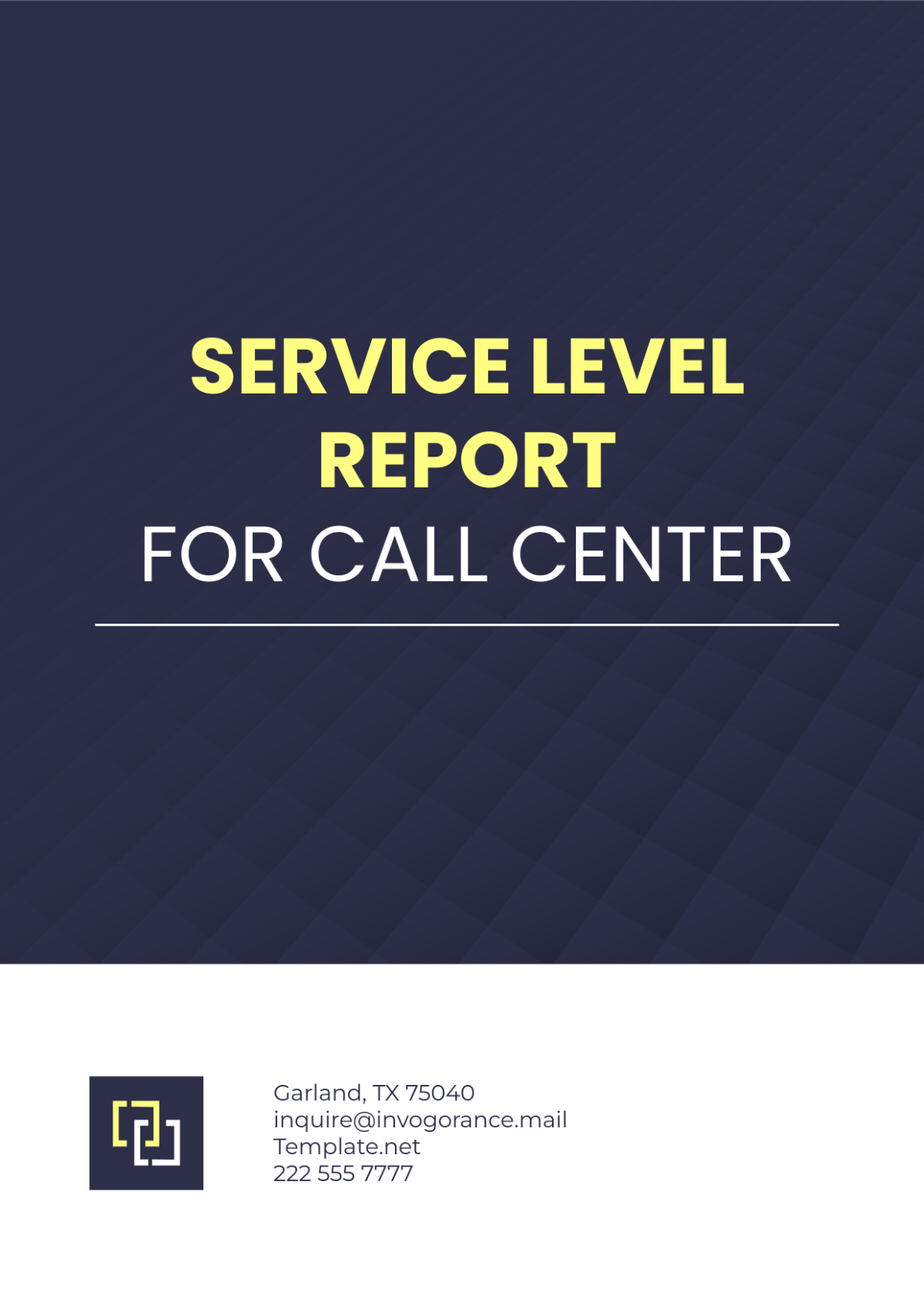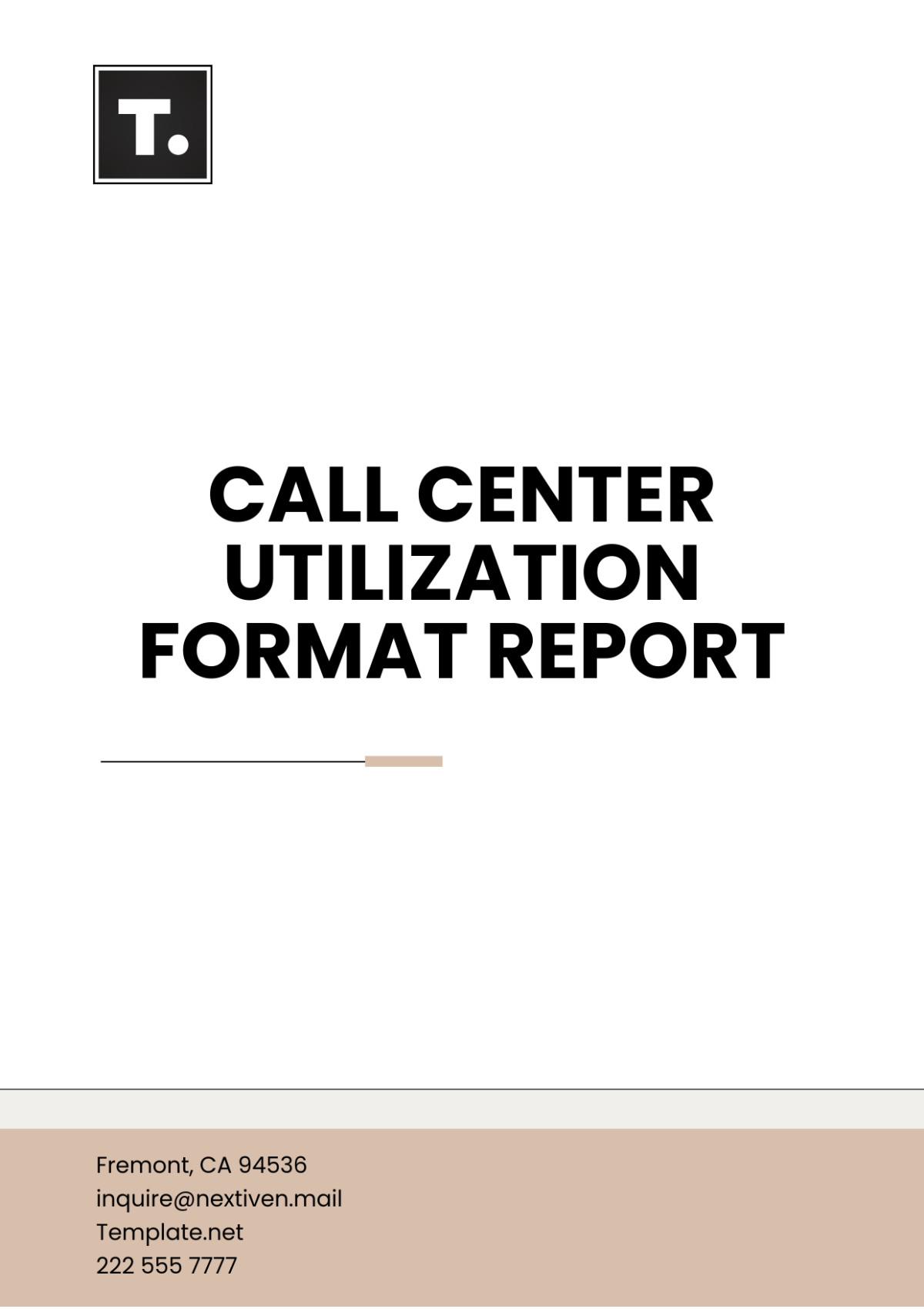Free Call Center KPI Design Report Template
Call Center KPI Design Report
Introduction
This Call Center KPI Design Report provides a comprehensive framework for establishing Key Performance Indicators (KPIs) that will be instrumental in evaluating and enhancing the effectiveness of the call center operations. The report outlines the purpose of each KPI, the methodology for data collection, and the target benchmarks for performance evaluation.
Purpose of the Report
The primary purpose of this report is to ensure that all stakeholders have a clear understanding of the metrics that define success within the call center. By establishing relevant KPIs, the report aims to drive operational excellence, improve customer satisfaction, and support strategic decision-making.
Key Performance Indicators
1. Average Handle Time (AHT)
Definition: The average duration taken by agents to handle a customer call, including talk time and any follow-up work.
Data Collection Methodology: Utilize call tracking software to measure the total time spent on calls divided by the number of calls handled.
Target Benchmark: 6 minutes or less.
2. First Call Resolution (FCR)
Definition: The percentage of customer issues resolved during the first interaction without the need for follow-up calls.
Data Collection Methodology: Track resolution status through customer feedback and call logs.
Target Benchmark: 80% or higher.
3. Customer Satisfaction Score (CSAT)
Definition: A measure of customer satisfaction with the service received during the call, usually obtained through post-call surveys.
Data Collection Methodology: Conduct surveys via phone or email immediately after the call to gauge customer satisfaction.
Target Benchmark: 90% or higher satisfaction rating.
4. Agent Utilization Rate
Definition: The percentage of time agents spend handling calls versus their total available time.
Data Collection Methodology: Calculate the total time agents are on calls divided by the total time they are available to take calls.
Target Benchmark: 85% or higher.
5. Abandonment Rate
Definition: The percentage of calls that are abandoned by customers before being answered by an agent.
Data Collection Methodology: Track the number of calls abandoned about the total incoming calls.
Target Benchmark: 5% or lower.
6. Service Level
Definition: The percentage of calls answered within a predefined time threshold.
Data Collection Methodology: Measure the number of calls answered within the target time divided by the total incoming calls.
Target Benchmark: 80% of calls answered within 20 seconds.
Implementation Plan
To implement the KPIs effectively, the following steps are recommended:
Data Collection Setup: Ensure that the necessary software tools are in place for accurate data tracking and analysis.
Training: Conduct training sessions for agents and supervisors to understand the importance of KPIs and how to utilize the reporting tools.
Regular Reviews: Establish a schedule for reviewing KPI performance regularly (e.g., weekly or monthly) to identify trends and areas for improvement.
Feedback Loop: Create a system for providing feedback to agents based on their performance metrics, encouraging continuous development.
Conclusion
This Call Center KPI Design Report serves as a foundational document for establishing clear, measurable indicators of performance within the call center. By focusing on these KPIs, the call center can enhance operational efficiency, improve customer satisfaction, and align its objectives with the broader goals of the organization. Regular monitoring and evaluation of these indicators will foster a culture of accountability and continuous improvement within the team.
Contact Information
For further information or updates regarding this report, please reach out to:
Name: [YOUR NAME]
Email: [YOUR EMAIL]

